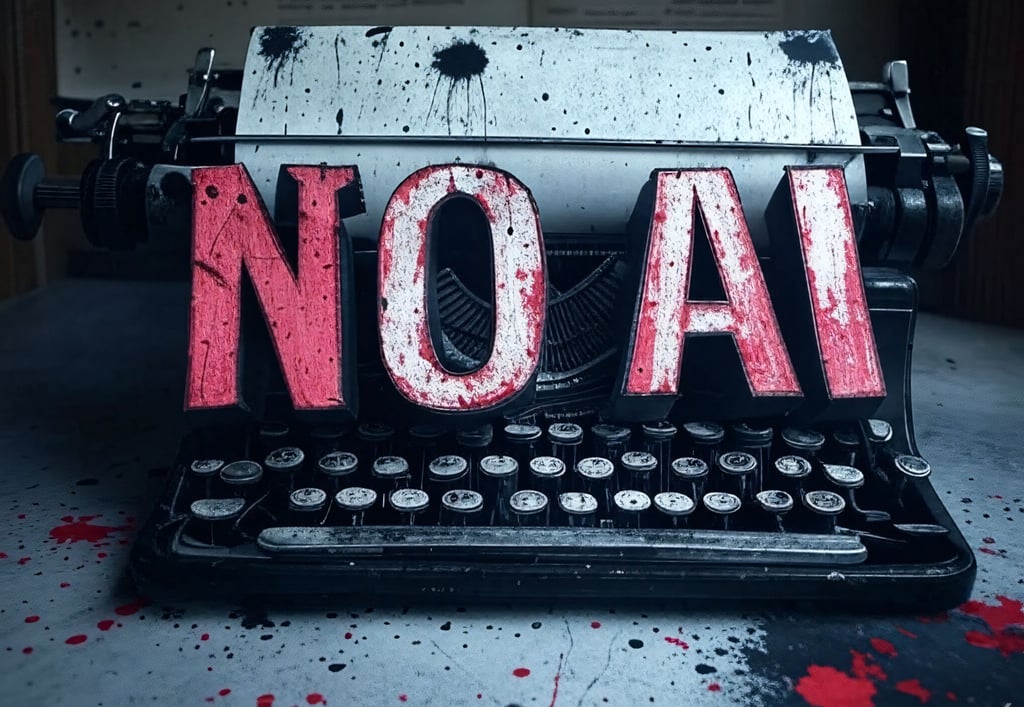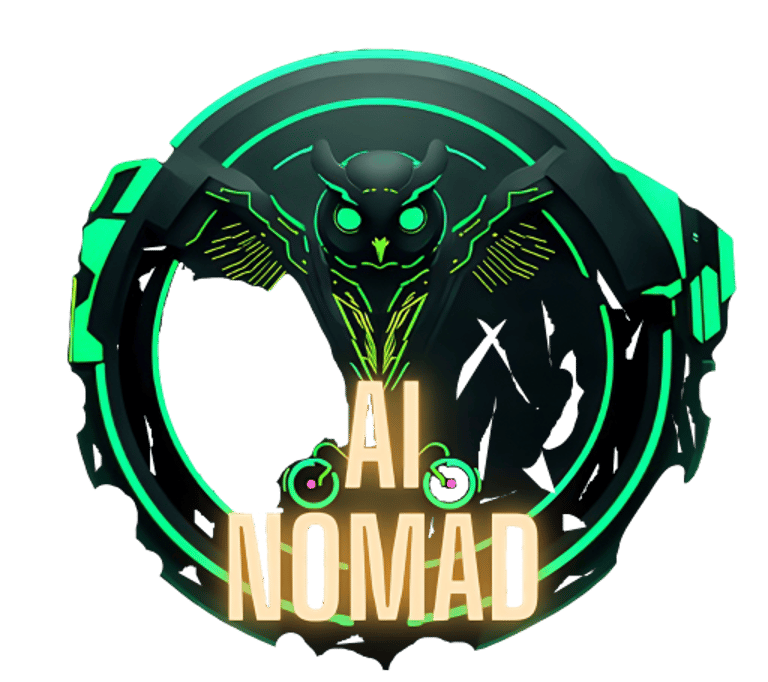NO AI?
Throughout history, technological breakthroughs have consistently faced resistance from established interests before becoming widely accepted. This pattern reveals more about human nature and economic self-preservation than legitimate concerns about new technologies.
AI
Ai Nomad
2/22/20253 min read


The Recurring Cycle of Technological Panic
History shows a consistent pattern whenever transformative technologies emerge:
1.New technology appears, lowering barriers and challenging the monopoly of traditional skills.
2.Established interests criticize the new technology as "soulless," "quality-destroying," or "socially catastrophic".
3.Ordinary people rise by utilizing these technologies, and market structures evolve.
4.Former opponents eventually accept reality, with some even becoming users of the new technology.
Historical Examples That Prove This Pattern
1.Writing and Printing Press
In medieval Europe, literacy was limited to approximately 5-10% of the population, primarily monks and scholars who maintained a cultural monopoly through hand-copied books.
When Gutenberg invented the printing press around 1440, book prices dropped dramatically—by 80% within 30 years according to economic historian Eltjo Buringh.
Religious authorities and scribes strongly opposed printing, with some monks claiming it was "the devil's work".
By 1500, over 20 million books had been printed in Europe, and literacy rates began rising steadily, ultimately leading to the Renaissance and Enlightenment.
2. Photography
In the early 19th century, portrait painting was a lucrative profession for thousands of artists.
When photography emerged in the 1830s, acclaimed painter Paul Delaroche allegedly declared, "From today, painting is dead".
By 1900, the cost of a photographic portrait had fallen to about 1/20th the cost of a painted portrait.
Photography eventually developed into its own art form, while painting evolved toward impressionism, expressionism, and other new directions.
3. Film and Television
Early theater operators and actors dismissed film as "low-class entertainment incapable of true artistic expression".
When television gained popularity in the 1950s, movie attendance in the US dropped by nearly 50% between 1946 and 1956.
Film directors like Alfred Hitchcock criticized television as "chewing gum for the eyes".
Today, both mediums coexist, with the global film and TV market valued at over $325 billion as of 2023.
4. Electronic Music and Automated Composition
When electronic instruments like the Theremin (1928) and Moog synthesizer (1964) emerged, traditional composers dismissed them as "soulless noise".
The introduction of MIDI in 1983 and digital audio workstations in the 1990s allowed non-musicians to create music.
By 2023, electronic dance music alone had grown into a $12.5 billion global industry.
Today, AI-assisted composition tools are increasingly accepted in music production, with an estimated 40% of professional producers using some form of algorithmic assistance.
5. AI Writing and Art
Since 2022, many writers and artists have criticized AI-generated content as "lacking emotion" and "soulless".
However, AI tools have democratized creative production, with over 100 million users of AI image generation tools by late 2023.
The market for AI-generated content grew from virtually nothing to $1.8 billion in just two years.
Rather than replacement, we're seeing integration, with 65% of professional designers in a 2023 survey reporting using AI tools to enhance their workflow.
The Real Motivations Behind Opposition
While critics often cite concerns about "soul," "artistic value," or "cultural decline," their actual motivations typically include:
Fear of losing monopolistic positions: Like scribes fearing unemployment due to printing presses, or professional photographers worrying about smartphone cameras enabling everyday people to take quality photos.
Concerns about increased competition: Previously exclusive industries becoming accessible to all, diluting market share.
High adaptation costs: Older generation artists or writers reluctant to learn new tools, instead devaluing them.
A 2023 survey of creative professionals found that 72% of those who opposed AI tools cited concerns about job security, while only 18% mentioned artistic integrity as their primary concern.
The Ultimate Destination of Technology
History demonstrates that technology doesn't eliminate true art but rather enables more people to create while pushing art to evolve. The statistics consistently show that markets expand rather than contract with new technologies—the global creative economy has grown from $2.2 trillion in 2000 to over $6.1 trillion today, despite multiple technological disruptions.
Those willing to adapt to new technologies typically maintain leadership in the new era, while established interests that cling to old models eventually fade away. As Pablo Picasso wisely noted: "Computers are useless. They can only give you answers." The real art remains in asking the right questions—regardless of which tools we use to express our answers.
Conclusion
As we observe the current debates around AI and its role in creative fields, it's worth remembering the wisdom often attributed to Mark Twain: "History doesn't repeat itself, but it often rhymes." The pattern of resistance, adaptation, and eventual integration we see with AI echoes the same journey that printing, photography, film, and electronic music once traveled. The technologies change, but the human response follows a familiar cadence—one that ultimately leads to expanded creative possibilities rather than their diminishment.
